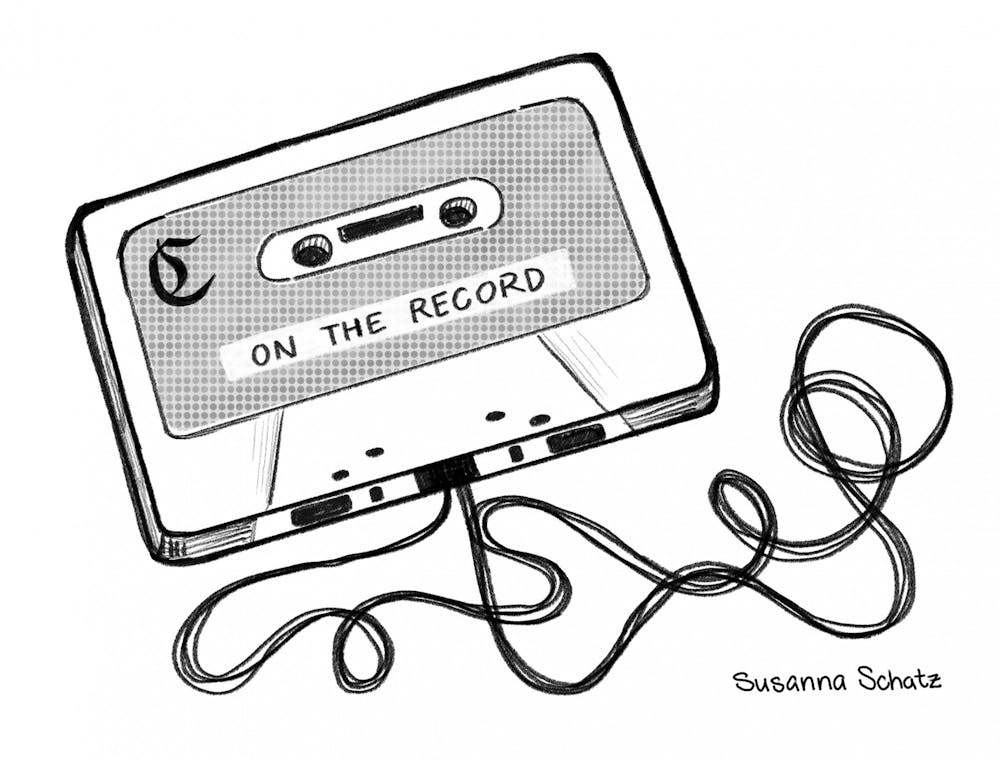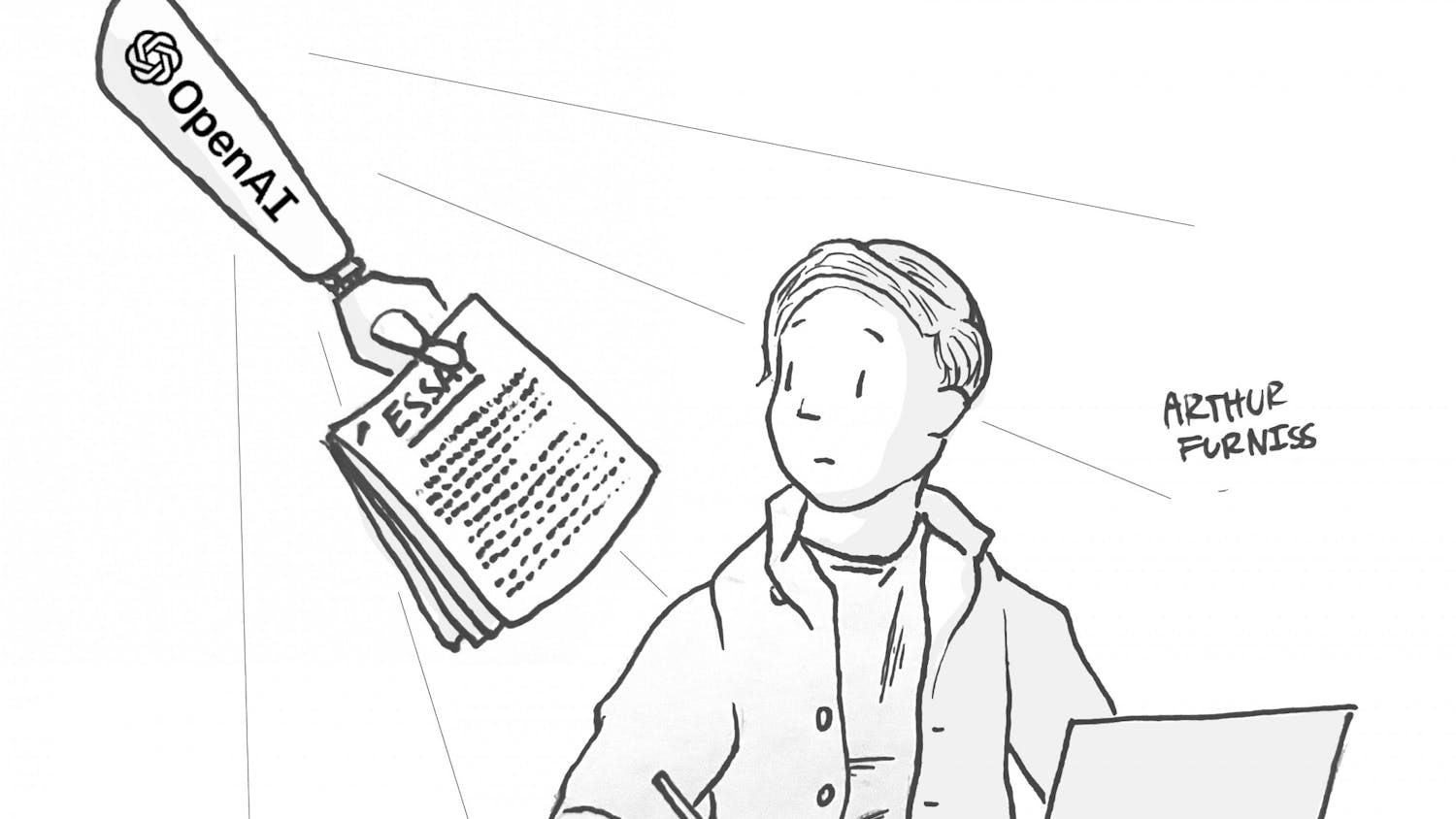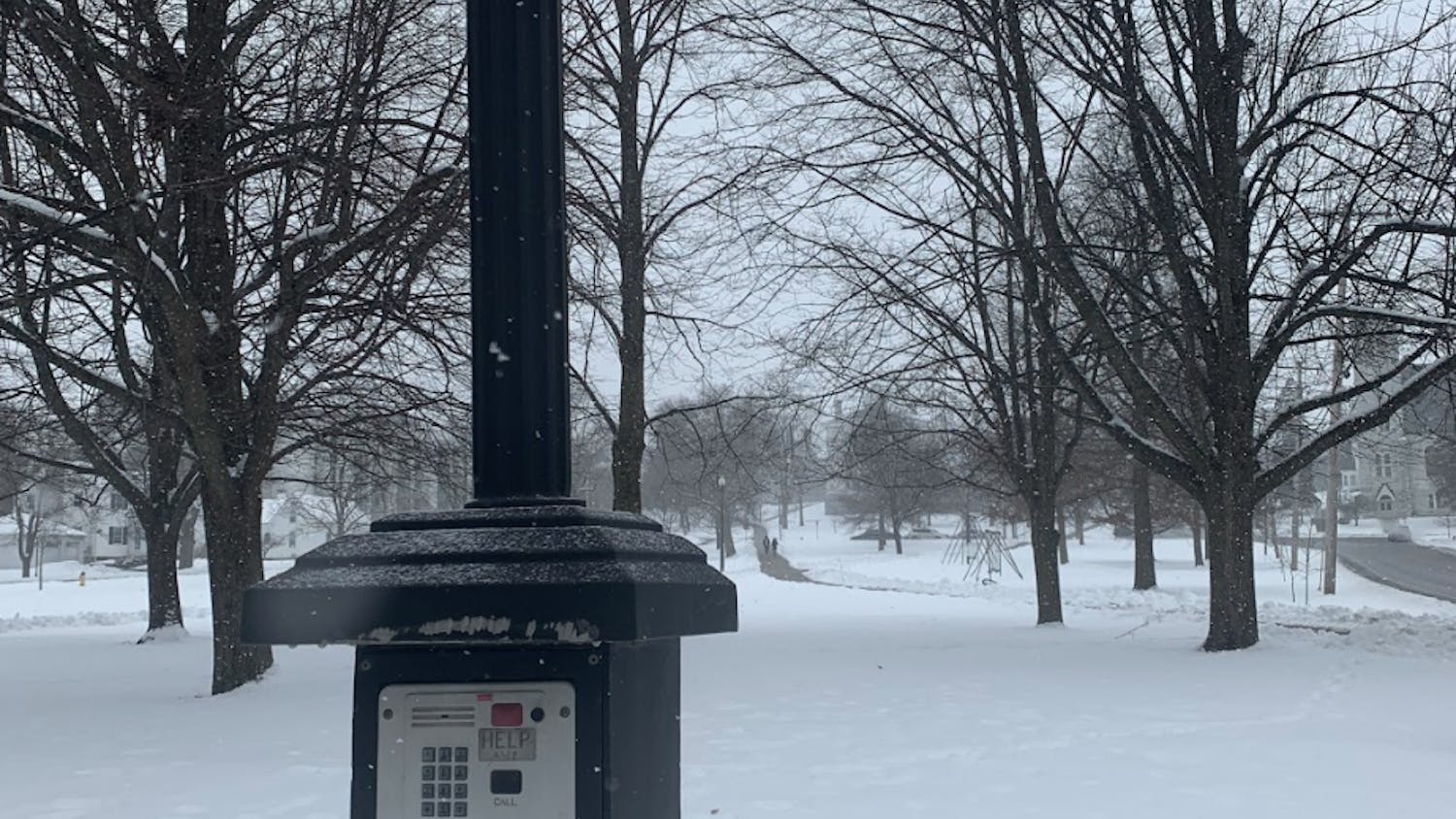On the Record provides the inside scoop on the operations of The Campus, addressing common misconceptions, policies and our process. If you have a question about The Campus that you’d like to see answered in a future installment of the column, send it to campus@middlebury.edu.
One of the questions Campus editors often get is whether or not a source can be anonymous. But when it comes to anonymity in journalism, things can get pretty complicated.
On the one hand, clearly identifying a source with their full name and the positions or roles they hold can help establish their credibility in a story. Knowing who has provided the information included in a story can help the reader parse through what is probably not explicitly stated in an article: how a source’s level of experience with the article’s subject matter or relation to positions of power might impact their perspective. For an example of how The Campus typically identifies sources and why including information about their role in relation to the story is important, consider the sourcing in last week’s article about changes to the course schedule, written by Journalism Fellow Daniza Tazabekova ’26.
Being able to clearly identify a source can also be a powerful framing tool for reporters, especially given that reporters can’t directly share their opinion about a source’s credibility or potential biases. Providing as much information as possible about a source — especially to establish their ties and relationship to the story subject matter — is key because it can completely change the light in which their comments are read. Take, for example, a recent New York Times story on Elizabeth Koch that received criticism on Twitter in part because the reporter did not note that a source who spoke positively about Koch had received a multi-million dollar grant from her nonprofit. (The story has since been updated, per the Editor’s Note at the bottom.)
But as much as clearly identifying sources can be useful for the reporter and the reader, there are cases when being identified might make a source less likely to share their story. We want to ensure that when we’re covering a topic, especially one centered around a conflict, we’re capturing a variety of perspectives. This includes, perhaps most importantly, viewpoints from sources who are not in positions of power. In some cases, the only way we can responsibly and thoroughly report those stories is by speaking with sources on the condition of anonymity.
The Campus decides whether or not to grant anonymity on a case-by-case basis, but this often boils down to risk of retribution. What does this look like in practice? If a source has concerns that criticizing their employer could result in consequences in their professional life, we will generally grant them anonymity. If you’ve ever seen this in an article (check out reporting on the new staff compensation matrix by Senior Local Editor Maggie Reynolds ’24 for some examples), quote or information attributions generally still note how a source is connected to the story at hand and the reason why they are anonymous.
We try to grant anonymity extremely sparingly. In fact, we ask reporters to confirm with their editors before agreeing to interview a source who would like to remain anonymous. And for fact-checking and follow-up purposes, editors still need to know the identity of anonymous sources in case we need to contact them for additional comments or confirmation of information they shared with the reporter. In most cases, we do our best to find sources that will speak “on the record” — meaning they’ll allow the reporter to identify them in the story — and rely on anonymous interviews if no other source can provide the same information or perspective.
But occasionally key sources don’t want to be quoted or referenced in the story at all — even anonymously. In these cases, reporters will sometimes conduct interviews that are “off the record” or “on background.” We try to avoid “off-the-record” interviews as much as possible since it means that the reporter cannot use any of the information the source shares. Such interviews are only really useful for giving the reporter a sense of who else they might talk to for on-the-record information and what kinds of questions they should ask. They can also be helpful for corroborating or fact-checking information the reporter gets from another source.
In many cases, a source will tell us they only want to be interviewed “off the record” when what they really mean is “on background” or even “on deep background.” “On background” interviews essentially result in the kinds of anonymous attributions that you’ll sometimes see in The Campus — the reporter can still quote or paraphrase the source’s information, but they cannot name them. “Deep background” interviews also allow the reporter to use the source’s information, but they cannot attribute it to the source in any way, including anonymously.
You can think of the types of interviews as a spectrum from “on the record” to “on background” to “deep background” to “off the record.” While “background” and “deep background” interviews can be helpful to reporters, they begin to pose problems for the credibility of information about a subject if sources continually request them. (This is a big issue for reporters at major publications — the tech-focused outlet The Verge changed their policy on “background” interviews a couple years ago and said the default mode for interviews would be “on the record.”)
So, part of the process of sourcing a story requires negotiation between a source and reporter about the type of interview they are going to do before that interview begins. Though there is some debate about this, many journalists will tell you that the reporter and source need to come to an agreement about the degree of anonymity or attribution before the source shares information pertaining to the story topic — otherwise all their comments might be considered fair game.
Even when a source and a journalist have decided on guidelines for their interactions, these agreements can still get messy: The status of a once off-the-record conversation between the publisher of The New York Times and then-President Donald Trump became the subject of news stories in its own right in 2018. But, in general, establishing rules and boundaries for an interview ahead of time is useful for both the reporter and the source. (It’s worth noting some journalists will decline off-the-record interviews, so it’s always a good idea to communicate interview expectations early on.)
Why write about all of this? I want to ensure that sources can make informed decisions about the best mode of interview for them given their particular situation or the sensitivity of the story being reported. I’m also hoping this context will help readers understand the different ways reporters at The Campus and elsewhere collect information for articles. It’s important to know what’s going into an article in order to evaluate the credibility of the reporting.
Abigail Chang is the Editor in Chief of The Campus and a member of the class of 2023.

Abigail Chang ’23 (she/her) is the Editor in Chief.
She previously served as a managing editor, Senior News Editor, News Editor and co-host of The Campus' weekly news radio show.
Chang is majoring in English and minoring in linguistics. She is a member of the Media Portrayals of Minorities Project, a Middlebury lab that uses computer-assisted and human coding techniques to analyze bulk newspaper data.
Throughout last year, Chang worked on source diversity and content audits for different media properties as an intern for Impact Architects LLC. Chang spent summer 2021 in Vermont, working as a general assignment reporter for statewide digital newspaper VTDigger. Chang is also a member of the Middlebury Paradiddles, an a cappella group.




